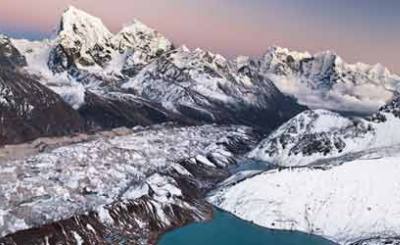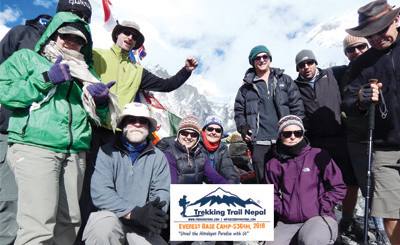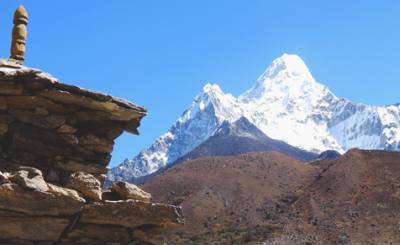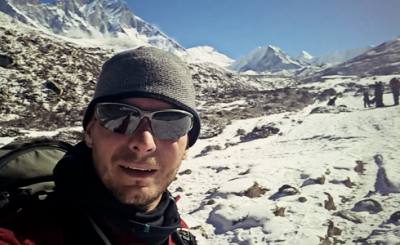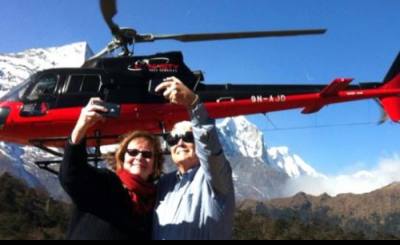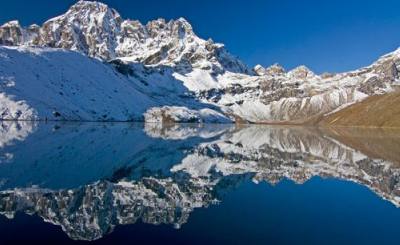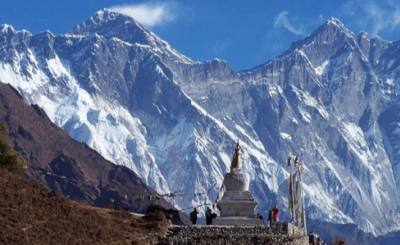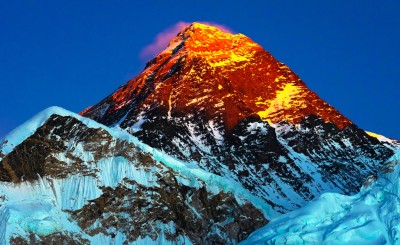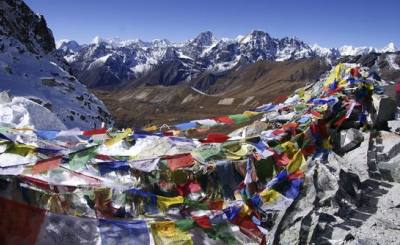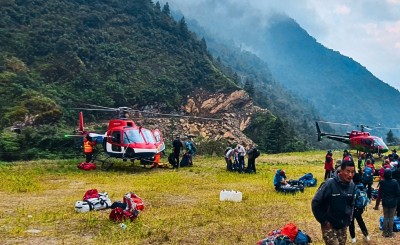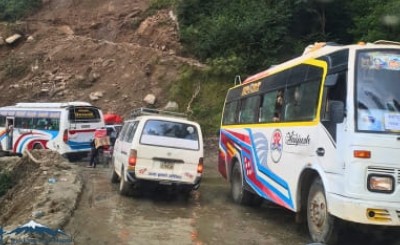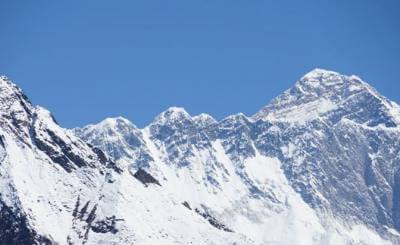Gokyo Lake Renjo La Pass trek is that trek which is different from the major trekking trail of Classical Everest Base Camp Trek. This trek takes you away from the bustling hiking trail of the most popular Everest Base Camp Trek. Similarly with its own unique spaciality, this Renjo La pass trek provides an un-shared trekking holidays experience in the Everest Region of Nepal.
This is the best trekking to explore the famous Gokyo Valley. Marvelous white Himalayas peaks including Mt. Everest, robust alpine landscape, peaceful valleys with Pristine and crystal clear 5 lakes of Gokyo make this Gokyo Lake Renjo La Pass Trek the best one. Furthermore more the view point of Gokyo Ri 5,357 meter and Renjo La pass of 5,345 meter offers a panoramic view of Everest Himalayas Ranges. In addition, Sherpa culture and climbing lifestyle of 2 biggest village Khumjung and Thame village adds more adventure to this Gokyo Lake Renjo La Pass Trek
Why to Choose Gokyo Lake Renjo La Pass Trek
- To skip the over crowed trekking trail of Everest Base Camp Trek
- Completely different trekking trail, no need to walk on same trail
- Adventure of, ice fall, biggest glacier and 5 pristine lakes
- Trekking trail that includes the easiest pass Renjo La Pass
- View point of Gokyo Ri offers the majestic views of Everest and more
- Scenic flight to and from Lukla
- Biggest villages; Khumjung and Thame excursion
Gokyo Lake Renjo La Pass Trekking Trail
As other Everest trekking, we also start our trek form Lukla Airport on day 2 as our Itinerary of Gokyo Lake Renjo La Pass Trek. We will cross the villages like Phakding, Jorsalle, Namche Bazar and Khumjung and split from original trail of Everest Base Camp Trek just after Kyanjuma. After crossing village like Mong La, Phortse Thanga, Dole, Maccharmo we will reach the valley of Gokyo. Here we explore 5 series of Gokyo Lake and Gokyo Ri, reach Lungden and Thame village by crossing Renjo La Pass. Finally we hike down to Namche Bazar and proceed back to Lukla and Kathmandu.
Wild Life on Gokyo Lake Renjo La Pass Trek
This high alpine elevation of Gokyo Valley including some parts Everest Trekking Region, Gokyo Lake Renjo La Pass Trek also offers wildlife and glossy vegetation. Endangered species such as musk deer, wild mountain goad, pheasants, golden mountain eagle, tibetean snow duck, national bird of Nepal; Lophophores, Snow leopard can be encounter on your Gokyo Lake Renjo La Pass Trek. Do-not forget concerning the unreal abominable snowman, who is believed to reside round the Khumbu region. So, watch out!
Himalayas Views from Gokyo Lake Renjo La Pass Trek
The Khumbu widely known as Everest Trekking Region is home to the mighty Mahalangur Himalayan range, home to the four tallest mountains of the world.
- Everest (8,848m)
- Lhotse (8,516m)
- Makalu (8,585m)
- Cho-Oyu (8,201m)
Gokyo Valley is renowned for its remarkably beautiful and pristine 5 lakes spread from the base of Cho-Oyu to noch of Gokyo Valley. Delightful turquoise lakes guarded by silver mountains may be a sight you would like to ascertain to believe. Ngozomba Glacier, the largest glacier of the Himalayas is also in the Gokyo Valley, which is spread from the top of Cho Oyu 8,201 m to Dole.
Above all Gokyo Ri peak is the major attraction of this Gokyo Lake Renjo La Pass Trek. From 5,357 m high Gokyo Peak you will revel breathtaking 360-degree panoromic views of Mt. Everest, Choyu, Lhotse and Makalu with other surrounding peaks.
People, Culture and Religion on Gokyo Lake Renjo La Pass Trek
Gokyo Lake Renjo La Pass Trek Itinerary also blend with Sherpa people and culture and ancient Buddhism. The Sherpa are the aboriginal people of the Himalayas, who have adapted to the harsh conditions of this high alpines. Intermix of Nepalese traditional Buddhism and ancient Tibetan Buddhism can be seen in the festivals, lifestyle and traditions along the trekking trail of Gokyo Lake Renjo La pass Trek. Thus, in this Gokyo Lake trek with Renjo La Pass, we'll even be ready to see oldest monasteries, spiritual prayer flags and scribbles that have centuries soaked in them.




